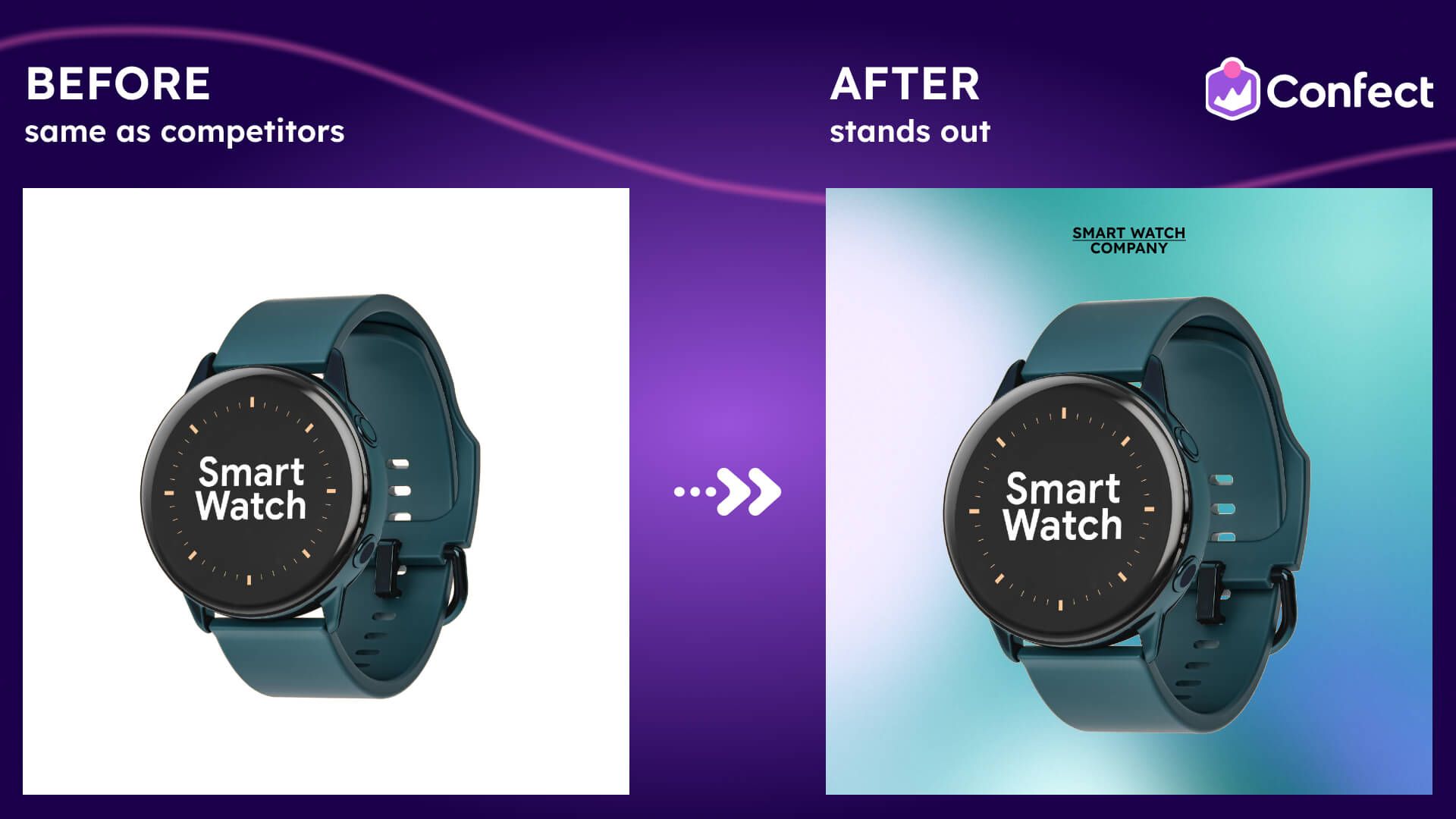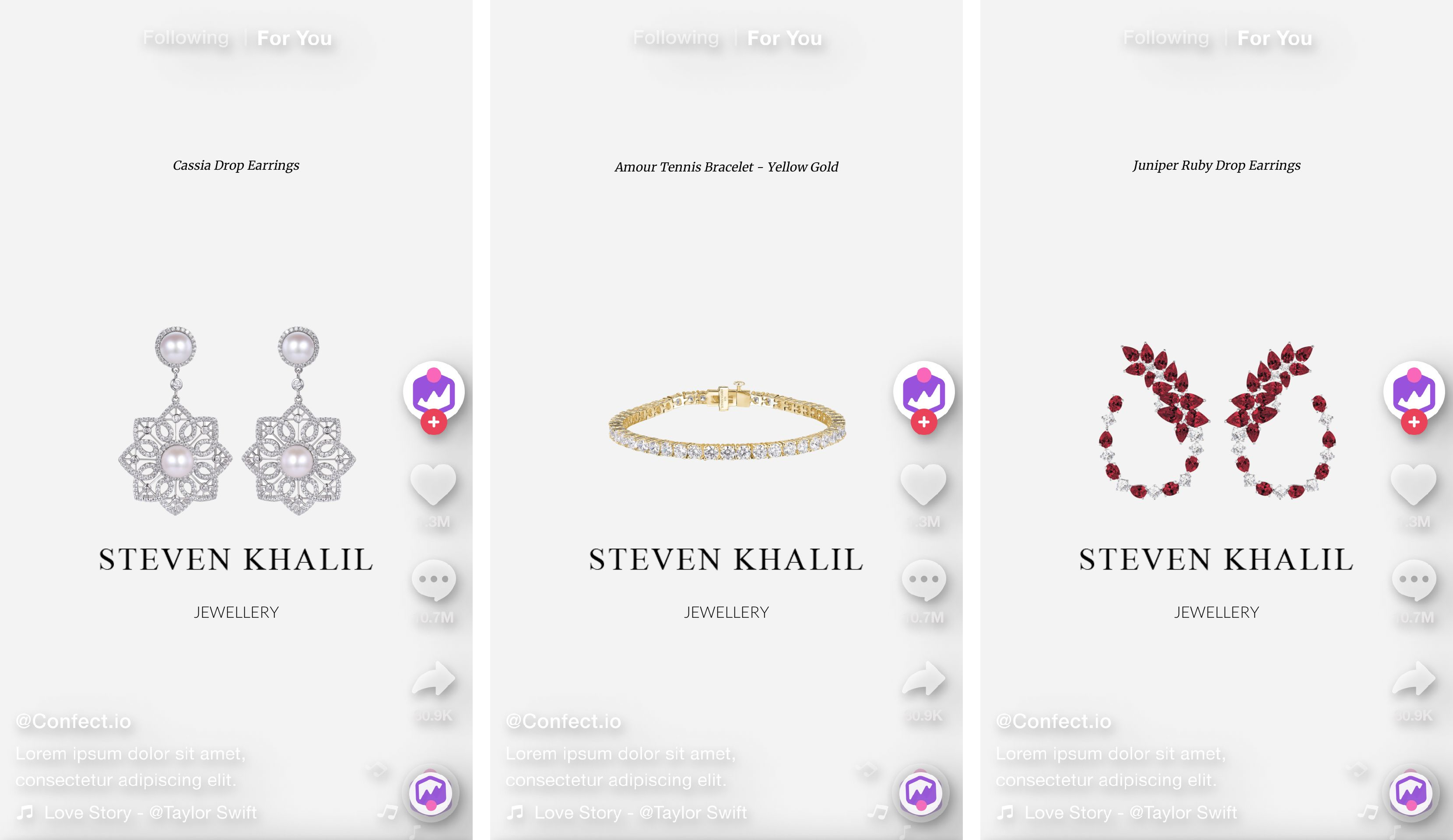Dynamic Product ads
June 5, 2025
What Are Dynamic Product Ads?
Dynamic Product Ads, or DPAs, are automated ads that show personalized products to users based on their browsing behavior, past purchases, or actions on a website or app.
They pull product info directly from an advertiser’s product catalog and match it with user data (like viewed or added-to-cart items).
The algorithm then automatically generates and displays relevant ads to each user—often featuring the exact items they previously showed interest in—to drive conversions and retarget shoppers more efficiently.
Ultimately, DPAs are a type of ad that shows users products that they’re already more interested in and more likely to buy.
Difference Between Dynamic Product Ads And Static Ads
Dynamic Product Ads (DPAs) differ from static ads in both personalization and automation.
DPAs offered a custom, tailored experience to each individual user, showing them products based on their behavior—like what they’ve viewed, added to their cart, or purchased in the past.
The automation that comes along with DPAs also makes them an ideal ad format for large-scale, personalized retargeting campaigns.
In contrast, static ads are manually created and display the same message and visuals to everyone, regardless of their behavior or interests.
They don’t change based on user activity and are typically used to for brand awareness, special promotions, or when you want to highlight a specific product or offer.
In essence, static ads deliver a one-size-fits-all message.
Whereas DPAs adjust dynamically to show the most relevant content to each individual, maximizing the chances of conversion.

Why Dynamic Product Ads Matter for eCommerce Performance
Dynamic Product Ads matter for eCommerce because they do the heavy lifting for the advertiser.
Instead of showing the same ad to everyone, DPAs automatically serve up the EXACT products your customers have already shown interest in—whether they’ve clicked, browsed, or left something in their cart.
That means higher relevance, better click-through rates, and more conversions, all without having to create dozens of separate ads for each of your products.
Dynamic Products Ads are a bit like having a smart sales assistant working 24/7, reminding shoppers what they loved and nudging them to come back and buy.
Platforms That Support Dynamic Product Ads
Because of their effectiveness, DPAs are available on pretty much all social media platforms. Let’s have a look!
Meta (Facebook & Instagram) - Meta’s Dynamic Product Ads are among the most widely used. They allow e-commerce brands to automatically promote products from their catalog across Facebook and Instagram. They’re great for retargeting campaigns, but they can also help Meta advertisers reach new shoppers with personalized recommendations.
TikTok - TikTok offers a similar type of ad, but calls them Dynamic Showcase Ads, or DSAs, instead. DSAs help brands reach users with creative, auto-generated video ads based on product catalog data. They’re designed to blend into TikTok’s native, scrollable experience and dynamically adapt based on user interests and behaviors

Snapchat - Snapchat also supports Dynamic Product Ads that use real-time data to deliver personalized ads to Snapchatters. Similar to Meta and TikTok, Snapchat DPAs can be used for retargeting or prospecting campaigns, and automatically update with price, availability, and images
Pinterest - Dynamic ads on Pinterest show personalized product pins to users who have visited a certain site or engaged with certain content. Using your product catalog, Pinterest matches users with relevant items they’ve already expressed interest in, helping drive conversions in a visually rich, inspiration-driven environment.
So whether you’re a small eCommerce brand getting started on Meta, a younger lifestyle brand operating on TikTok, or a well-established brand selling inspirational content and visually-rich products on Pinterest, DPAs can and should be your best friend!
Wondering how advertisers are using DPAs to make better connections with their audiences and boosting sales at the same time?
Let’s find out!
4 Common Use Cases for Dynamic Product Ads
Now that we know what Dynamic Products Ads are and what platforms support them, let’s take a better look at some of the most common uses for DPAs.
Retargeting Users Who Viewed or Abandoned Products - One of the most powerful uses of Dynamic Product Ads is retargeting people who showed interest in a product but didn’t convert. If someone visits your site, browses a product, or adds something to their cart but doesn’t check out, DPAs automatically remind them by showing the exact items they interacted with. These timely, personalized nudges help bring users back to complete their purchase, making retargeting one of the highest-converting strategies in e-commerce.
Prospecting with Broad Audiences + Personalized Content - DPAs aren’t just for retargeting—they’re also great for prospecting. Using lookalike audiences or interest-based targeting, you can show personalized product recommendations to entirely new users. Meta, TikTok, and other platforms use machine learning to predict what products will resonate most with different audience segments. This means you can reach new customers with content that feels tailor-made, even if they’ve never heard of your brand before.
Promoting Bestsellers, New Arrivals, or Seasonal Collections - You can also use Dynamic Product Ads to highlight curated groups of products—like your bestsellers, fresh arrivals, or seasonal must-haves. By creating product sets within your catalog, you can control which items are promoted and tailor your messaging around trends, holidays, or limited-time promotions—all while still benefiting from the dynamic, personalized delivery.
Automating Ads for Large Product Inventories - Managing ads manually for hundreds or thousands of SKUs can be a nightmare. Trust us, we know! DPAs solve this by automating the ad creation process. They pull real-time product info—like pricing, availability, and images—directly from your product feed, ensuring your ads are always accurate and up to date. This makes them an essential tool for large e-commerce stores that want to scale efficiently without sacrificing personalization or relevance… Or spending hours on end updating their ads!
Popular Dynamic Product Ads Formats
You might be surprised to find out that Dynamic Product Ads are, well, dynamic, even in terms of the formats you can use to serve them to potential customers!
Single Image - The single image format displays one product at a time with an image, price, and link. It’s clean, focused, and ideal for highlighting individual items—especially when retargeting users who viewed a specific product. It’s also great for mobile users since it loads quickly and keeps the message simple.
Carousel - The carousel format lets you showcase multiple products in a swipe-able row, each with its own image, description, and link. It’s great for retargeting users with several items they browsed or for promoting similar or related products. Carousels increase engagement by letting users scroll through personalized options directly within the ad.
Collection - Collection ads combine a large cover image or video with a grid of dynamically loaded products from your catalog. When clicked, the ad opens an immersive, full-screen shopping experience inside the app. It’s a great way to tell a story visually while showcasing multiple items—ideal for seasonal drops, curated collections, or lifestyle-based promotions.
Dynamic Product Ads Placements
You’ll also be glad to know that DPAs can be served in a range of different placements, from in-feed ads, Stories, Reels, and more!
Feed - Offers high visibility, making them versatile for both discovery and retargeting. In-feed DPAs appear naturally in a user’s scrolling experience, but the competition for attention is high. Users tend to scroll quickly, so your creative needs to be eye-catching and immediate to make an impact.
Stories - Offers a full-screen and immersive ad experience, which makes them great for grabbing attention and drawing users in. With swipe-up or tap-to-shop features, they offer a smooth path to purchase. The downside, however, is that Stories are short-lived—usually only a few seconds—so your message must be quick, clear, and visually engaging. There’s also limited space for product information.
.jpg)
Reels - DPAs can also be used in Reels, which offer a highly engaging experience, great for showing your products in action. This format appeals especially to younger, trend-driven users and offers strong organic reach when the content is entertaining or informative. The main drawback is that Reels demand strong video creative, and it can be difficult to communicate product details like price or specifications in such a fast-paced format.
Explore - This is a discovery-focused space, perfect for reaching new audiences who are actively seeking fresh content. This DPA placement works well for product categories like fashion, beauty, and home décor. However, Explore is more reliant on algorithmic distribution, making targeting less precise, and it may not be as effective for retargeting campaigns.
In-App Shops - Meta and TikTok support In-App Shopping experience, where users can browse and buy without leaving the app, creating a seamless, mobile-first shopping experience. The downside to In-App DPAs is that not all users or regions have access to these features, and success depends heavily on having a well-optimized shop and product feed.
How To Optimize Your Dynamic Product Ads Creatives
Looking for a few tips on how you can supercharge your DPAs?
Below, we’re exploring a handful of excellent, data-driven tips that can take your DPAs from zero to hero in no time!
Using Overlays and Frames to Boost Visual Impact - Overlays and frames can instantly make your dynamic product ads pop. Adding branded borders, sale tags, or urgency-driven elements like “Limited Stock” or “20% Off” draws the eye and gives context at a glance. When used strategically, they can also create a sense of professionalism to your ads without a full redesign of every product image.
.jpg)
Dynamic Text (e.g., price, discount, product name) - Incorporating dynamic text into your DPA creative lets you automatically display key details like current price, discounts, or product names. This gives shoppers and potential customers the info they care about most—such as a sale price—right up front and center!
Designing Templates That Match Your Brand - Creating a strong, branded template for your DPAs ensures consistency across all of your campaigns. A well-designed template that reflects your branded color palette, typography, and style guidelines helps build recognition and trust, even when showing viewers different products.
Testing Backgrounds, Fonts, and CTAs - Small design tweaks can lead to big performance gains. Testing different backgrounds—such as neutral, lifestyle, or gradient—can reveal which style resonates best with your audience. Fonts should be clear and brand-aligned, while CTAs like “Shop Now” or “Limited Time” should be tested for wording, placement, and size. A/B testing helps fine-tune your creatives for better engagement and optimized conversions.
Tools That Enhance Dynamic Product Ads
Advertisers can boost their Dynamic Product Ads using several powerful tools, either found on Meta or through third-party tools.
Meta’s Commerce Manager is essential for managing product catalogs, syncing inventory, and tracking performance, ensuring your ads always reflect accurate product info.
Meta’s Creative Hub lets you design, preview, and test dynamic ad templates before launching campaigns, helping refine visuals and messaging.
Confect, on the third-party side, is a handy tool that specializes in creating overlays and custom frames for DPAs. It helps advertisers easily add eye-catching elements like discount badges or urgency tags, optimizing creatives for higher engagement without needing advanced design skills.
Dynamic Products Ads are already an extremely powerful and effective way to advertise on Meta, TikTok, Snapchat or Pinterest.
But when used together with Meta’s native tools or third-party tools like Confect, it makes managing and enhancing DPAs smoother and more effective.
And ultimately, this creates a better advertising experience for you, your clients, and your potential customers!
Explore how Multi-Advertiser Ads can increase your product visibility across Meta platforms here.
Try Confect for Free
Confect can help you to create great-looking Catalog ads and Dynamic Product ads for Facebook, Instagram, TikTok, Snapchat and Pinterest.
